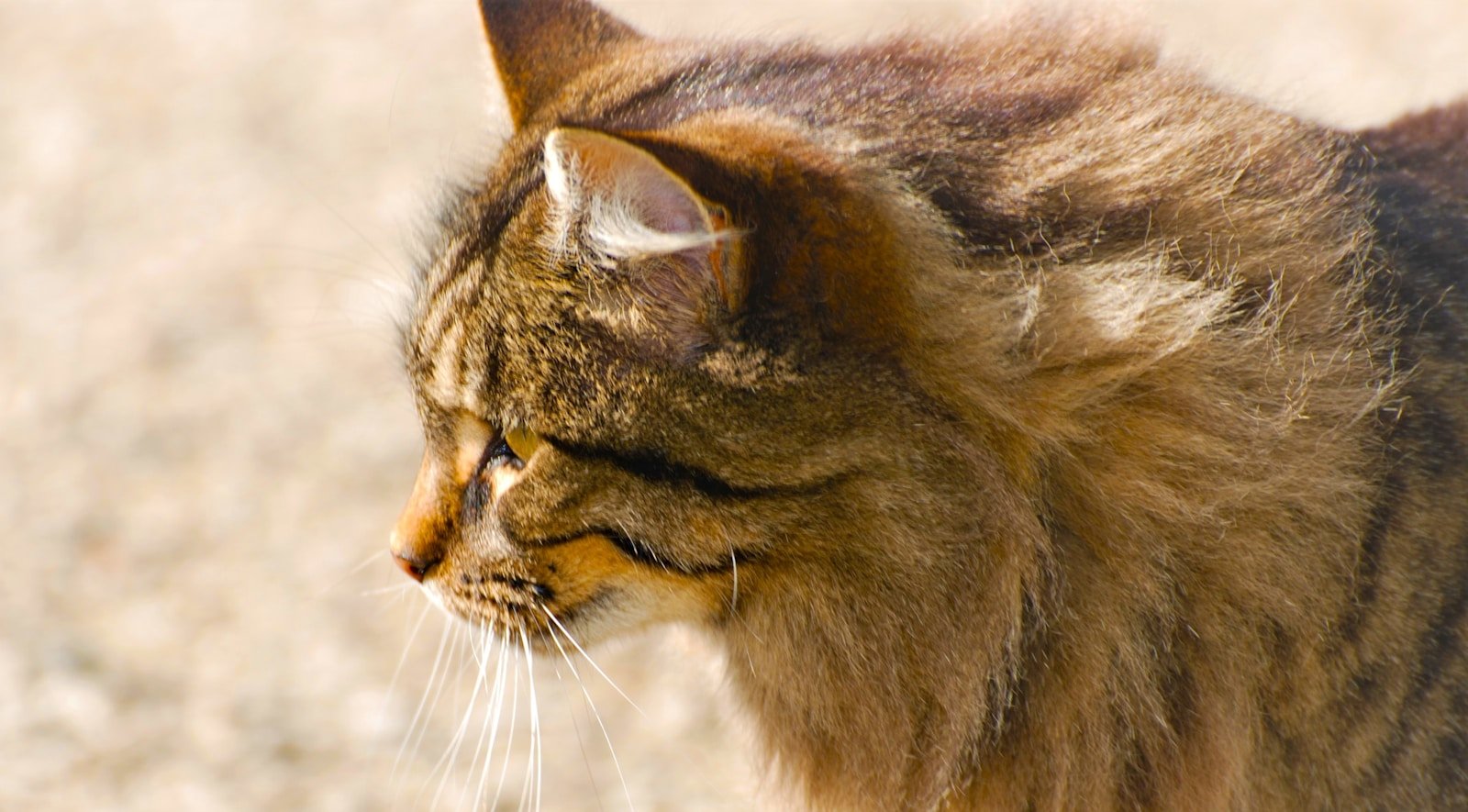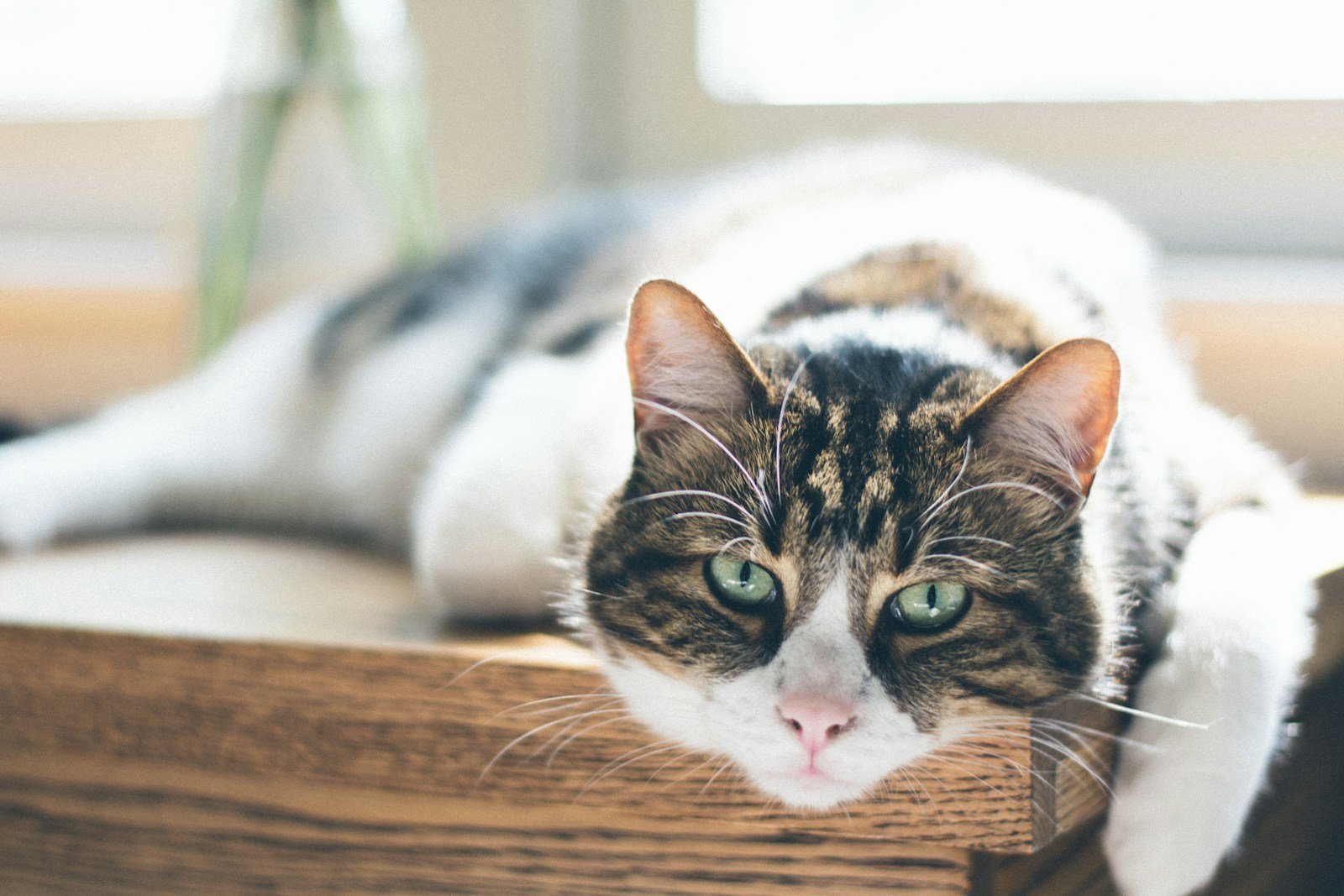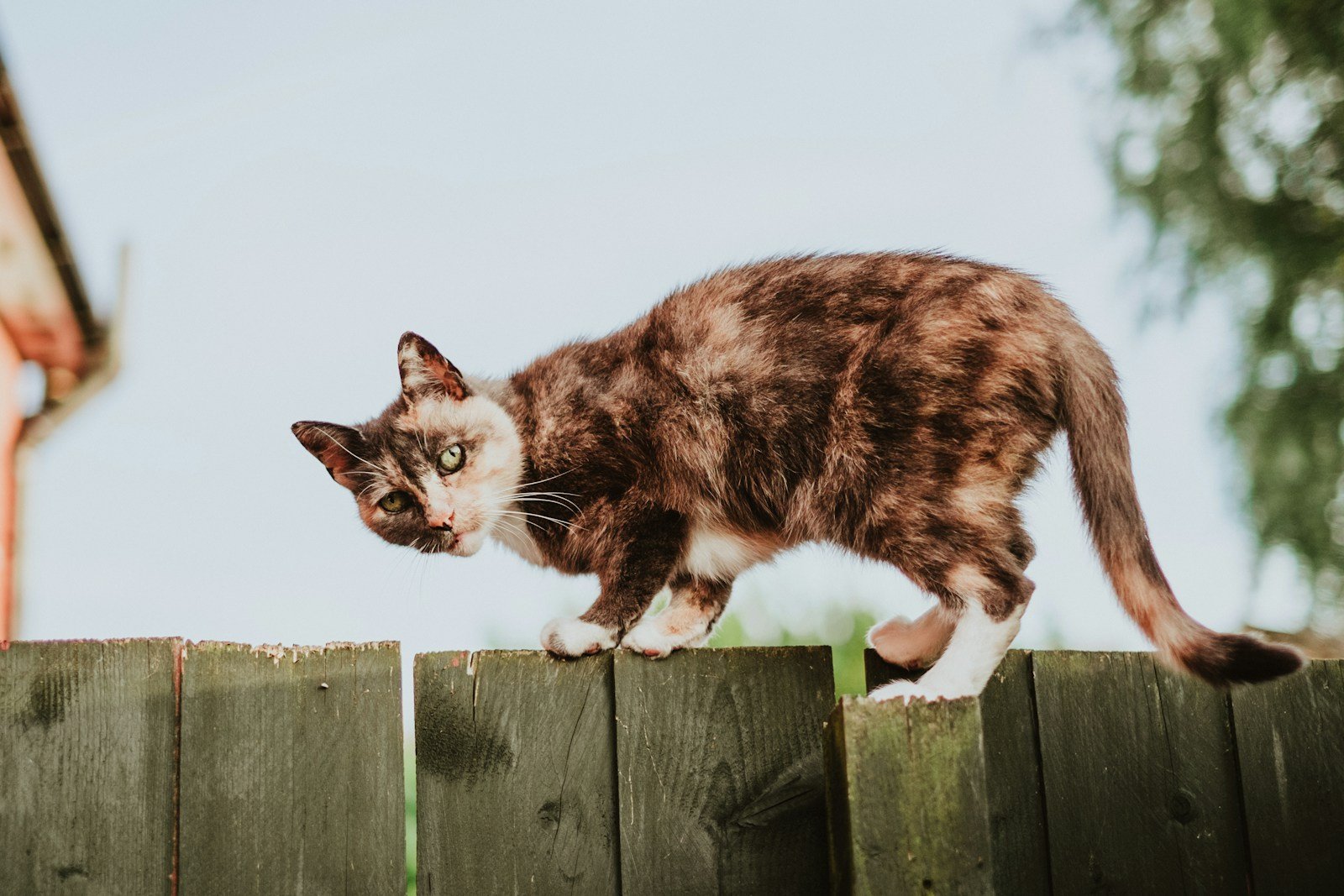Moving to a new home is a significant change not just for humans but also for our feline companions. Cats are creatures of habit and can easily become stressed when their environment changes. Creating a sense of security in their new home is crucial to helping them adjust smoothly. Here are ten ways to make your cat feel more secure in a new environment.
Prepare a Safe Space Before the Move

Before introducing your cat to the new home, prepare a small, quiet room where they can be isolated from the hustle and bustle of unpacking. Include familiar items like their bed, toys, and a litter box. This safe space will act as a retreat for your cat, allowing them to relax and get accustomed to new surroundings at their own pace.
Maintain Familiar Scents

Cats rely heavily on scents for comfort, so bringing along items that carry familiar smells is beneficial. Blankets, beds, or even your unwashed clothing can be placed in their safe space. The familiar scents will provide comfort and reassurance, reducing their anxiety associated with the move.
Gradual Introduction to the New Environment

Once your cat is comfortable in their safe space, you can begin to slowly introduce them to the rest of the house. Allow them to explore one room at a time under supervision, and be patient as they navigate and imprint their scent in the new territory. This gradual process helps build their confidence.
Keep a Consistent Routine

Cats thrive on routine. Keeping feeding, playtime, and grooming schedules consistent with those from the previous home will help establish a sense of normalcy. Familiar routines signal to your cat that despite the change in environment, some things remain constant and predictable.
Provide Plenty of Hiding Spots

Cats feel secure when they have places to hide or perch. Ensure your new home has plenty of these safe spots, such as cat trees, tunnels, or even boxes. These give cats a feeling of control over their environment, which is essential for reducing stress.
Use Feline Pheromone Products

Feline pheromone sprays or diffusers can be helpful in calming your cat during a move. These products mimic the calming pheromones that cats naturally emit, providing a soothing atmosphere and helping them adjust to new environments more easily.
Enroll in Some Familiar Play and Interaction

Engaging your cat in interactive play sessions with their favorite toys can be a distraction from the unfamiliar surroundings and a source of comfort. Playing not only reduces stress but also strengthens the bond between you and your cat, promoting a feeling of security.
Offer Reassurance and Patience

During the adjustment period, your cat will need plenty of reassurance. Speak to them in a calm voice and spend time sitting quietly with them in their safe space. Offer treats and gentle affection, but let them approach you in their own time. Patience is key to building trust in the new home.
Monitor Dietary Habits and Health

Stress can sometimes lead to changes in appetite or digestive issues. Keep an eye on your cat’s eating habits and overall health. Ensure they have access to their regular diet and fresh water, and consult a veterinarian if you notice any significant changes in behavior or health.
Seek Professional Help if Necessary

If your cat continues to exhibit signs of extreme stress or anxiety, it may be beneficial to consult a professional, such as a veterinarian or a pet behaviorist. They can provide guidance tailored to your cat’s specific needs, helping ensure a smoother transition into the new home.
Conclusion: Creating a Home of Comfort

Making a cat feel secure in a new home requires understanding, patience, and consistency. By taking the necessary steps to create a stress-free transition, you’ll not only help your cat adjust but also strengthen the bond you share, ensuring that your new home becomes a place of comfort and happiness for your feline friend.
Hi, I’m Bola, a passionate writer and creative strategist with a knack for crafting compelling content that educates, inspires, and connects. Over the years, I’ve honed my skills across various writing fields, including content creation, copywriting, online course development, and video scriptwriting.
When I’m not at my desk, you’ll find me exploring new ideas, reading books, or brainstorming creative ways to solve challenges. I believe that words have the power to transform, and I’m here to help you leverage that power for success.
Thanks for stopping by, Keep coming to this website to checkout new articles form me. You’d always love it!






